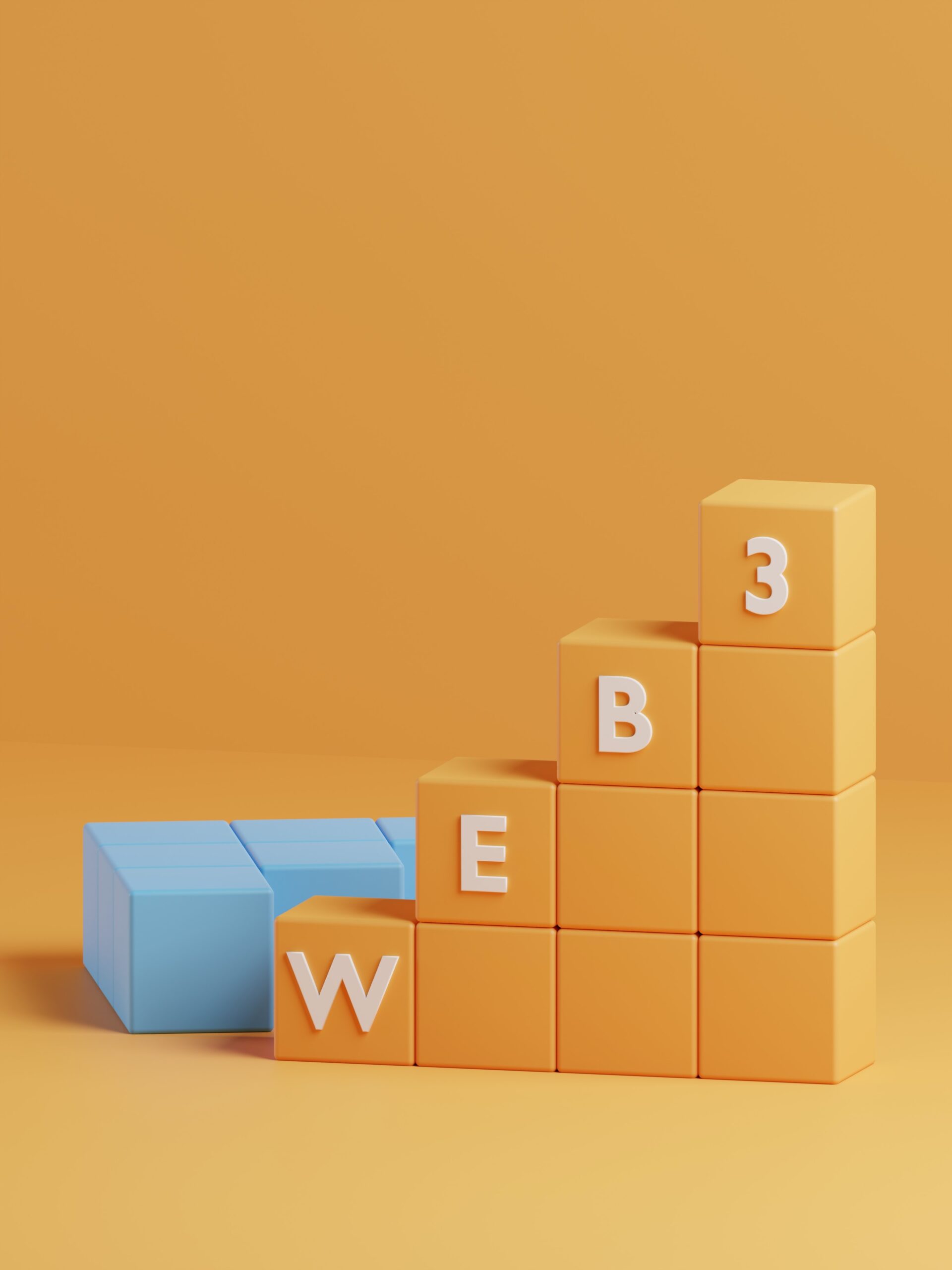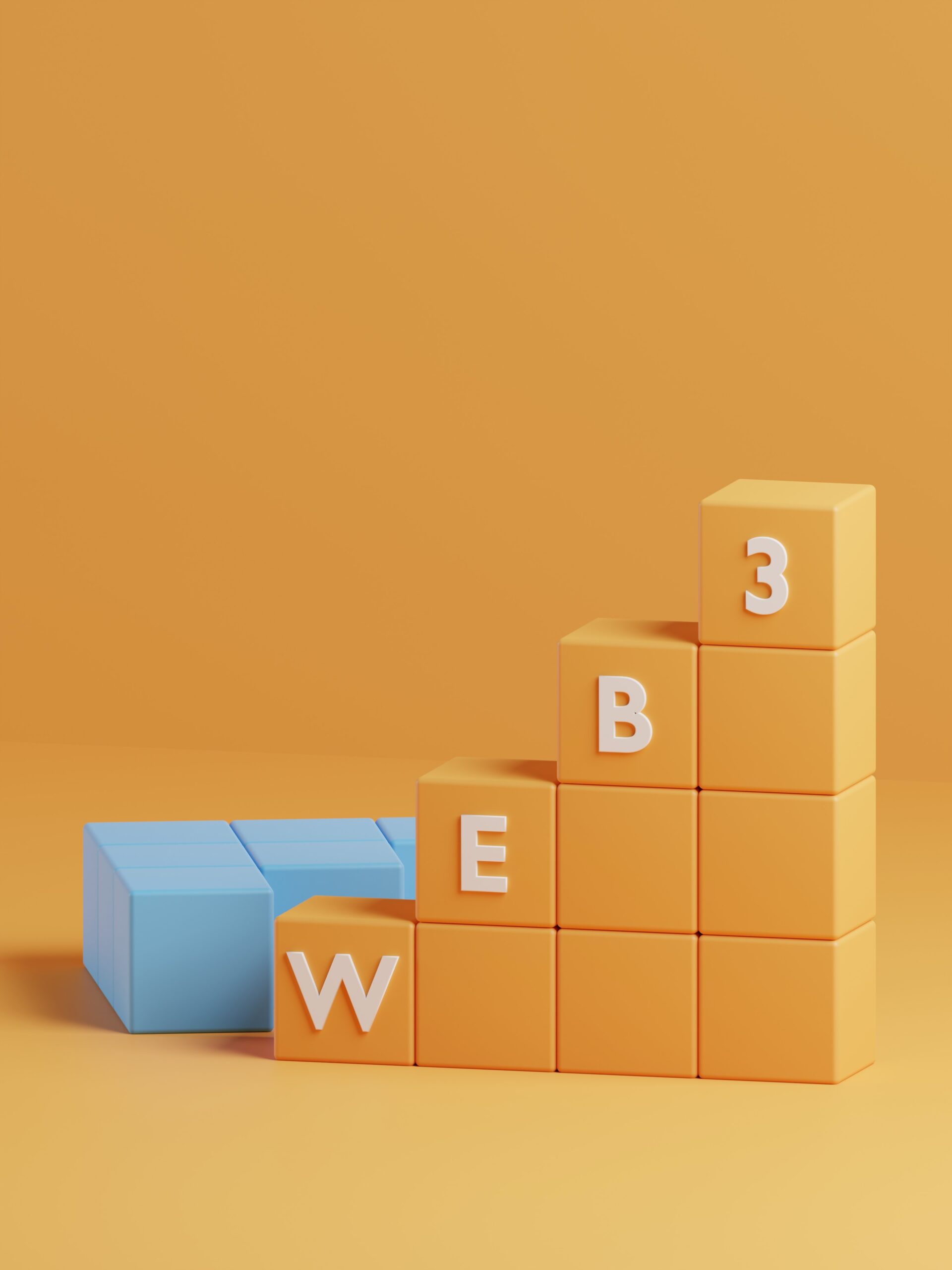Tezos (XTZ), a dynamic and innovative digital currency, has been making waves in the world of blockchain technology. With its groundbreaking approach to decentralized governance and smart contracts, Tezos offers a platform that empowers its users to participate in the decision-making process. By providing its own proof-of-stake consensus algorithm, Tezos ensures security and efficiency while enabling seamless upgrades to the network. Discover how Tezos (XTZ) is revolutionizing the blockchain industry with its visionary technology and user-centric approach.

What is Tezos?
A brief introduction to Tezos
Tezos is a blockchain platform that aims to combine the advantages of both Bitcoin and Ethereum while avoiding their limitations. It was created to offer a decentralized, secure, and flexible blockchain infrastructure that can enable the development of a wide range of applications and smart contracts. Tezos employs a self-amendment mechanism that allows the protocol to evolve and improve without requiring hard forks. By utilizing a proof-of-stake consensus algorithm, Tezos reduces energy consumption and provides a more inclusive and sustainable environment for participants.
How does Tezos work?
Tezos operates on a decentralized network of nodes, with participants called bakers responsible for validating transactions and creating new blocks. Block signing rights and the governance of the platform are determined by the number of XTZ tokens held by participants. This consensus mechanism ensures security while incentivizing participation. Additionally, Tezos incorporates a unique self-amendment process, which enables the protocol to be updated through on-chain governance. This allows the platform to adapt and improve over time, without the need for contentious hard forks.
The key features of Tezos
Tezos boasts several key features that set it apart from other blockchain platforms. One of the main features is its self-amendment mechanism, which allows the protocol to be upgraded through a formal governance process. This ensures that the platform remains adaptable and can incorporate new features and improvements. Another notable feature of Tezos is its smart contract functionality, which enables the creation and execution of complex and secure decentralized applications. Additionally, Tezos utilizes a proof-of-stake consensus algorithm, which offers a more environmentally friendly alternative to the energy-intensive proof-of-work algorithms used by many other blockchain networks.
History of Tezos
The creation of Tezos
Tezos was created by Arthur and Kathleen Breitman, who developed the platform to address the scalability and governance issues faced by existing blockchain networks. The idea behind Tezos was to design a self-amending blockchain protocol that could evolve and improve without contentious hard forks, providing a more efficient and adaptable infrastructure for decentralized applications.
ICO and fundraising
To fund the development of Tezos, the Breitmans launched an Initial Coin Offering (ICO) in July 2017, raising a record-breaking amount of capital. The Tezos ICO was unique in that it offered participants the opportunity to contribute to the project’s governance and decision-making process by allowing them to vote on protocol upgrades and amendments.
The governance crisis
Following the successful ICO, Tezos faced a governance crisis that resulted in legal disputes between the Tezos Foundation and the development team. The disagreements centered around control over the project and delayed the launch of the mainnet. Eventually, a settlement was reached, and Tezos was able to move forward with its development and governance structure.

The Tezos Community
Developers
The Tezos community is comprised of a diverse group of developers who contribute to the platform’s codebase and build decentralized applications on top of the Tezos blockchain. The open-source nature of Tezos allows developers to propose and implement protocol upgrades, as well as create innovative solutions that leverage the platform’s features.
Bakers
Bakers play a crucial role in the Tezos ecosystem by validating transactions and securing the network. Bakers are selected to create new blocks based on the number of XTZ tokens they hold and stake. In return for their participation, bakers earn rewards in the form of newly minted XTZ tokens. The role of bakers in the Tezos governance process is significant as they have the power to vote on proposed amendments and protocol upgrades.
Users
Users of the Tezos platform benefit from its secure and scalable infrastructure. They can interact with decentralized applications and utilize the various services and functionalities available on the network. The user-friendly interface and intuitive design of Tezos make it accessible to individuals and businesses alike, enabling them to participate in the decentralized ecosystem.
Tezos Blockchain
Consensus mechanism
Tezos operates on a proof-of-stake (PoS) consensus mechanism, where participants known as bakers validate transactions and create new blocks. Unlike proof-of-work (PoW) consensus algorithms used by networks like Bitcoin, PoS requires participants to “stake” a number of XTZ tokens to have the opportunity to validate transactions and secure the network. This energy-efficient mechanism reduces the environmental impact associated with mining and makes Tezos a more sustainable blockchain platform.
Transaction types
Tezos supports two types of transactions: transactions involving XTZ token transfers and transactions that invoke smart contracts. XTZ transfers allow users to send and receive tokens, while smart contract transactions enable the execution of self-executable code on the Tezos blockchain. These smart contracts can be utilized to build decentralized applications, tokenize assets, or create complex business logic.
Smart contracts on Tezos
Tezos provides a robust and secure environment for executing smart contracts. Smart contracts on Tezos are written in a language called Michelson, which is designed to be safe and efficient. The Tezos platform supports Turing-complete smart contracts, meaning developers have the flexibility to create complex applications with various logic and functionalities. Additionally, Tezos incorporates formal verification, a technique that ensures the correctness and security of smart contracts, reducing the risk of vulnerabilities and exploits.

Tezos Governance
Proof-of-Stake
Tezos’ proof-of-stake consensus algorithm enables token holders to participate in the governance of the platform. The ability to stake XTZ tokens grants participants the power to contribute to the decision-making process. Through their voting rights, stakeholders can approve or reject proposed amendments and protocol upgrades, ensuring a more democratic and decentralized governance structure.
Self-Amendment
One of the distinguishing features of Tezos is its self-amendment mechanism, which allows the platform to evolve and improve without the need for contentious hard forks. Proposed protocol upgrades are subject to a formal governance process, where stakeholders can vote on whether to adopt the proposed changes. This self-governing aspect ensures that Tezos remains adaptable and can incorporate new features and improvements over time.
Baking and staking
Bakers in the Tezos network play a significant role in the governance process. In addition to securing the network and validating transactions, bakers have the power to vote on proposed protocol upgrades. The number of XTZ tokens staked by a baker determines their voting power. This design incentivizes token holders to participate actively in the platform’s governance and ensures that decision-making power is distributed among those with a stake in the Tezos ecosystem.
Tezos Protocol Upgrades
Athens
Athens was the first protocol upgrade on the Tezos network, which focused on improving the efficiency and security of the blockchain. It introduced several enhancements, including gas optimizations and an increase in the maximum number of allowed operations in a block. Athens was a critical milestone in the development of Tezos, as it demonstrated the platform’s ability to upgrade through its self-amendment mechanism.
Babylon
Babylon, the second protocol upgrade on Tezos, introduced various enhancements and improvements to the platform. It addressed issues related to gas consumption, Michelson smart contract language, and overall network performance. Additionally, Babylon brought additional features, such as native tickets and access control lists. This upgrade further solidified Tezos’ commitment to continuous improvement and showcased the power of its self-amendment mechanism.
Carthage
Carthage, the most recent protocol upgrade, focused on enhancing the Tezos platform’s efficiency and security. It introduced improvements to the Michelson smart contract language, gas optimization, and overall network performance. The Carthage upgrade also introduced significant changes to baker economics, making it more economically viable for different stake sizes to participate in the validation process. This upgrade showcased Tezos’ commitment to constant protocol enhancements and its ability to evolve.
Tezos Foundation
Objectives and responsibilities
The Tezos Foundation is a Swiss non-profit foundation that serves as the main governing body and custodian of the Tezos project. Its primary objectives include supporting and promoting the development and adoption of Tezos, fostering the growth of the ecosystem, and ensuring the long-term sustainability of the platform. The foundation is responsible for managing the funds raised during the ICO and allocating resources for the development of the Tezos protocol.
Tezos Foundation council
The Tezos Foundation operates under the guidance of the council, which is responsible for making strategic decisions and overseeing the foundation’s activities. The council consists of individuals with expertise in various domains, including technology, finance, and legal matters. The council plays a crucial role in ensuring transparency, accountability, and good governance within the Tezos ecosystem.
Funding and grants
The Tezos Foundation supports the growth of the Tezos ecosystem by providing funding and grants to projects and individuals that contribute to the platform’s development and adoption. This includes supporting research and development, funding community initiatives, and fostering partnerships with organizations that share the vision of a decentralized and sustainable future. The foundation’s financial resources help incentivize innovation within the Tezos community and drive the advancement of the platform.
Use Cases of Tezos
Tokenization of assets
Tezos provides a reliable and secure platform for the tokenization of real-world assets. By representing physical assets, such as real estate or artwork, as digital tokens on the Tezos blockchain, ownership and transfer of these assets can be facilitated in a more efficient and transparent manner. Tokenization opens up new opportunities for fractional ownership, liquidity, and global accessibility, revolutionizing the way assets are managed and traded.
Decentralized applications (dApps)
Tezos offers a robust infrastructure for the development and deployment of decentralized applications (dApps). Its smart contract functionality allows developers to design and implement a wide range of dApps across various industries, including finance, gaming, supply chain, and more. Tezos’ self-amendment mechanism and formal verification feature provide an extra layer of security and reliability for dApps, fostering trust and adoption.
Digital collectibles
Tezos blockchain enables the creation and trading of digital collectibles, also known as non-fungible tokens (NFTs). These unique digital assets can represent a variety of items, such as virtual art, game items, or virtual real estate. Tezos’ self-amendment mechanism and low transaction fees make it an attractive platform for creators and collectors to engage in the creation, sale, and exchange of digital collectibles.
Tezos Price and Trading
Price history of XTZ
XTZ, the native cryptocurrency of the Tezos platform, has seen significant price volatility since its inception. Like many cryptocurrencies, the price of XTZ is influenced by market demand, user adoption, and overall market sentiment. However, it is essential to note that cryptocurrency markets are highly speculative, and the price of XTZ can fluctuate rapidly in the short term. Investors should conduct thorough research and exercise caution when trading XTZ or any other digital asset.
Exchanges that support XTZ
XTZ is listed and traded on various cryptocurrency exchanges, providing liquidity and accessibility to investors and users. Some well-known exchanges that support XTZ include Binance, Coinbase, Kraken, and Bitfinex. It is recommended to conduct thorough research and choose a reputable exchange that suits individual trading preferences and offers robust security measures to ensure the safety of assets.
Investing in XTZ
Investing in XTZ involves risks, as with any investment in the cryptocurrency market. It is important to consider personal financial circumstances, risk tolerance, and conduct thorough research before making any investment decisions. Investors may choose to hold XTZ directly or participate in staking activities, where they can earn additional XTZ through the baking process. As with any investment, diversification and a long-term perspective are often considered prudent strategies.
Challenges and Criticisms
Scalability concerns
One of the challenges faced by Tezos, as with many other blockchain platforms, is scalability. As the number of users and transactions increases, ensuring that the network can handle the load becomes crucial. Tezos has implemented various protocol upgrades to address scalability concerns, but further optimizations and research are needed to achieve widespread adoption and scalability without sacrificing security.
Legal controversies
Tezos faced legal controversies following its ICO, primarily relating to the governance structure and control of funds. These legal disputes resulted in delays in the development of the platform and raised concerns about the project’s governance framework. However, the settlement reached allowed Tezos to move forward and establish a more robust governance structure, emphasizing transparency and decentralization.
Competition in the blockchain space
Tezos operates in a highly competitive blockchain landscape, with numerous platforms vying for market share and adoption. Competing platforms, such as Ethereum, Polkadot, and Cardano, offer similar features and aim to solve similar challenges. The success of Tezos depends on its ability to differentiate itself, continually innovate, and attract developers, users, and businesses to utilize its platform for decentralized applications and services.
In conclusion, Tezos is a blockchain platform that offers unique features such as self-amendment, proof-of-stake consensus, and formal verification. It aims to provide a secure, scalable, and adaptable infrastructure for decentralized applications and smart contracts. Despite facing challenges and controversies, Tezos has made significant progress in its development, governance, and adoption. With a vibrant community of developers, bakers, and users, Tezos continues to evolve and solidify its position in the blockchain space.

